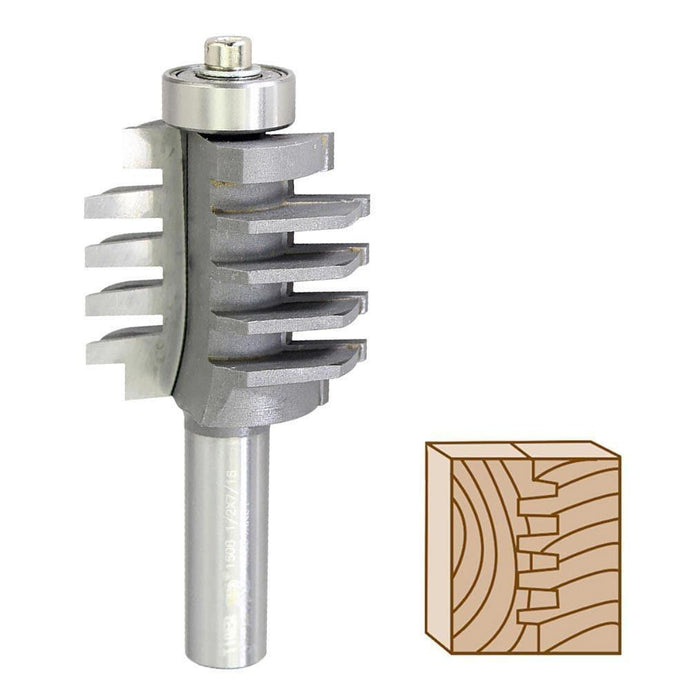Dovetail vs. Finger Joint: Unraveling the Strength of Two Iconic Wood Joints
When it comes to woodworking, the choice of joinery is crucial, not only for structural integrity but also for aesthetic appeal. Among the myriad of woodworking joints, dovetail and finger joints stand out for their strength and craftsmanship. Both methods offer distinct advantages and are celebrated for their historical significance and functional prowess. However, when it comes to determining which is stronger, a closer look reveals that each joint has unique strengths tailored to different applications.
The dovetail joint, a classic and revered choice in woodworking, has been employed for centuries in fine furniture and cabinetry. Its design features interlocking, fan-shaped 'tails' and 'pins' that create a robust mechanical bond. This joint's strength lies in its ability to resist pulling forces, making it particularly effective for drawer construction and box assemblies. The interlocking nature of the dovetail joint creates a large surface area for glue, enhancing its resistance to shear forces and providing exceptional durability.
Craftsmen often favor dovetail joints for their sheer elegance and the sense of craftsmanship they impart to a piece. The precise cut of each tail and pin, combined with the skill required to execute a perfect dovetail, speaks to the artisan's mastery. Additionally, the visible dovetail joint is often used decoratively, showcasing the quality of the work and adding character to the piece. While the dovetail joint excels in resisting tensile forces and its aesthetic appeal, its complexity makes it a more time-consuming and challenging option to execute.
On the other hand, the finger joint, also known as a comb or box joint, employs a series of interlocking 'fingers' that are typically straight and rectangular. This method is highly effective for joining longer pieces of wood or creating large panels. The strength of a finger joint comes from its ability to distribute stress evenly across the joint, which enhances its load-bearing capacity. Finger joints are commonly used in modern woodworking due to their efficiency and strength in structural applications.
One of the primary advantages of finger joints is their straightforward execution. Unlike dovetail joints, which require precise cutting and fitting, finger joints can be made using machines that automate the process. This results in a consistent, strong joint that can be produced more quickly and economically. The finger joint's ability to join pieces end-to-end allows for the construction of larger components without the limitations of solid wood sizes.
Despite their efficiency, finger joints are not as visually distinct as dovetails. They are often hidden within the structure of the piece rather than being showcased. However, this does not detract from their strength or functionality. In fact, the simplicity of the finger joint makes it a preferred choice in industrial applications and where cost-effectiveness is a priority.
In comparing the strength of dovetail and finger joints, it is essential to consider the specific application and the type of forces the joint will encounter. Dovetail joints excel in resisting pulling forces due to their interlocking design, making them ideal for drawers and other furniture where resistance to tensile stress is crucial. Conversely, finger joints are designed to handle compressive and shear forces effectively, making them suitable for larger structures and panels where load-bearing is a significant concern.
For instance, in high-end cabinetry, dovetail joints are often chosen for their aesthetic value and the strength required to withstand frequent use. In contrast, finger joints might be selected for creating long, continuous panels in construction or furniture pieces where the joint's strength lies in distributing stress and providing stability over a large surface area.
Ultimately, both dovetail and finger joints are strong in their own right and serve different purposes depending on the needs of the project. The dovetail joint stands out for its traditional craftsmanship and resistance to tensile forces, while the finger joint offers practical strength and efficiency for larger and more straightforward applications.
In summary, the choice between dovetail and finger joints depends on the specific requirements of the woodworking project. Each joint has its strengths and ideal applications, reflecting the diverse needs of woodworkers and craftsmen. Whether it is the intricate beauty of a dovetail joint or the practical reliability of a finger joint, both techniques contribute to the rich tradition and innovation in the art of woodworking.



